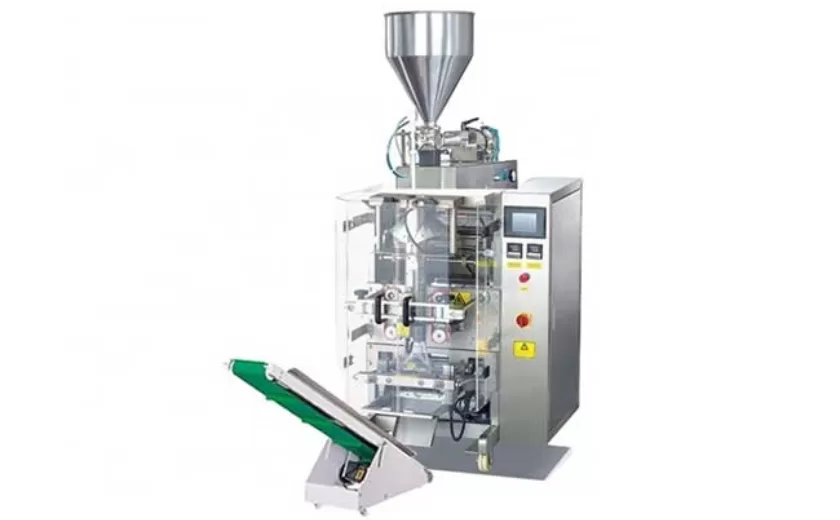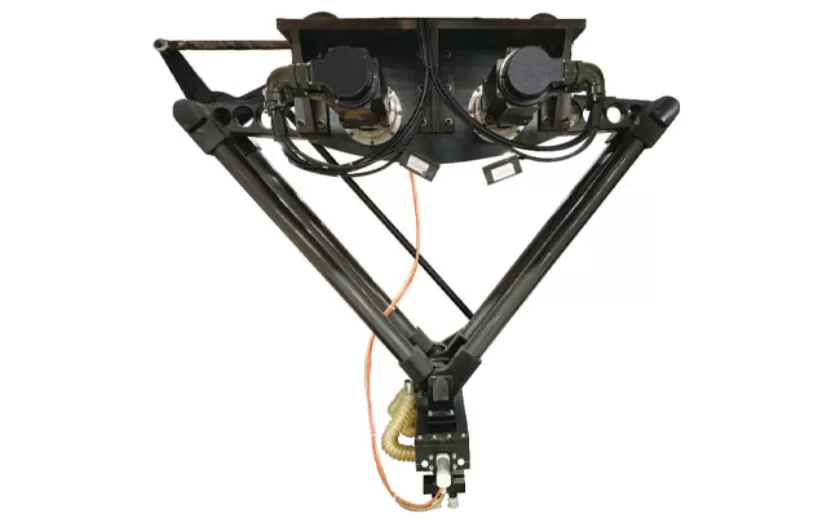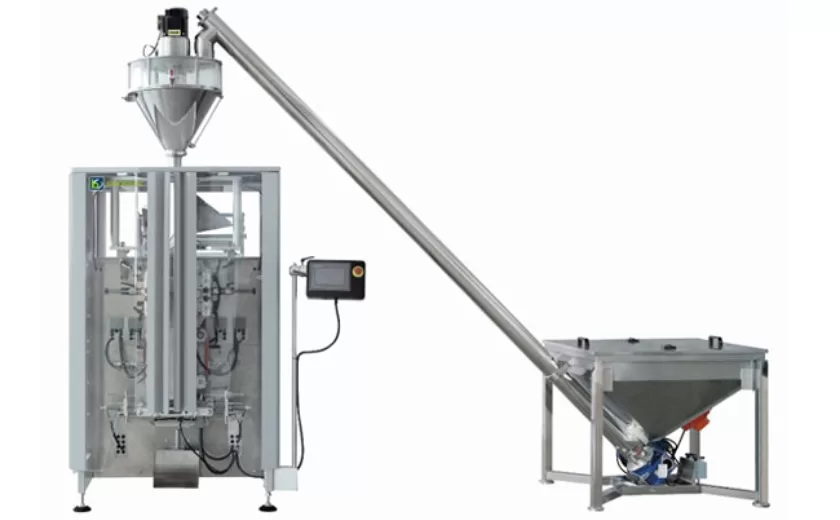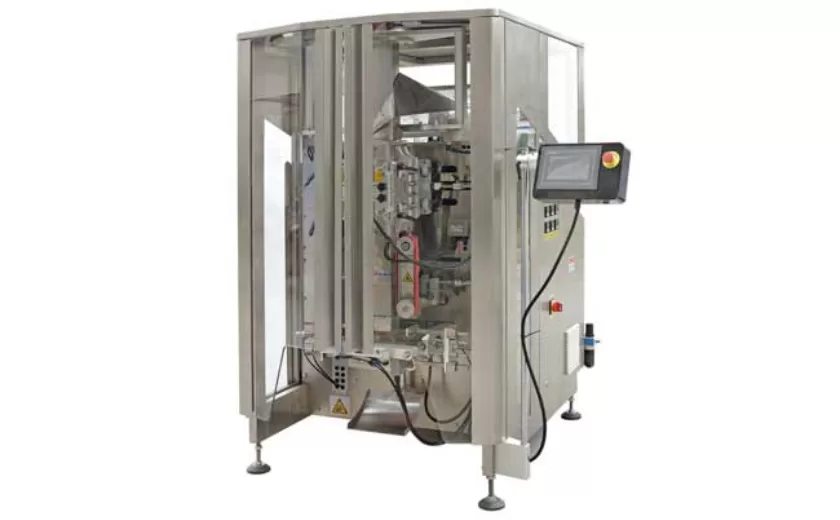Comparing Manual vs. Automatic Weighing Filling Packing Machines
Comparing Manual vs. Automatic Weighing Filling Packing Machines: Precision Meets Efficiency
In an era where precision and efficiency reign supreme, the production line demands automation. Weighing, filling, and packing machines have evolved from laborious manual processes to sophisticated automated marvels. Understanding the differences between manual and automatic systems empowers businesses to make informed choices that optimize their operations.
Manual Weighing Filling Packing Machines:
Labor-Intensive: These machines require operators to manually weigh, fill, and pack products, resulting in potential errors and inconsistent results.
Slow and Inefficient: Manual processes are inherently slower than automated systems, limiting production capacity.
Limited Precision: Human variation can lead to inaccuracies in weighing and filling, impacting product quality.
Automatic Weighing Filling Packing Machines:
High Precision: Automated machines ensure consistent and accurate weighing, ensuring product specifications are met.
Exceptional Efficiency: Automation streamlines the entire process, increasing throughput and minimizing downtime.
Labor-Saving: Machines eliminate the need for manual labor, freeing up employees for other value-added tasks.
Key Considerations:
Product Characteristics: The type of product being processed influences the choice of machine. Automated systems excel in handling standardized products with consistent shape and size.
Production Volume: High-volume operations demand automatic machines to maximize efficiency and meet demand.
Accuracy Requirements: Applications requiring precise weighing and filling, such as pharmaceutical production, necessitate automated machines.
Benefits of Automation:
Improved Quality: Consistent and accurate weighing and filling ensure product quality and reduce rejects.
Increased Efficiency: Automated systems significantly boost production capacity, reduce labor costs, and streamline operations.
Data Collection: Automated machines can provide valuable data on production performance, aiding in process optimization.
Conclusion:
Choosing between manual and automatic weighing filling packing machines is a strategic decision that impacts production efficiency and product quality. Manual machines offer simplicity and affordability, but they are inherently slow and less precise. Automated machines excel in applications demanding high precision, efficiency, and data collection. By carefully evaluating product characteristics, production volume, and accuracy requirements, businesses can make the optimal choice that aligns with their specific needs. Embracing automation empowers manufacturers to enhance productivity, improve product quality, and drive profitability in today’s competitive market.
-
Advanced Packing Solutions: Snacks, Sugar, and Frozen Food Machines
29-10-2025 -
Efficient and Reliable Solutions for Salt, Nuts, and Frozen Dumplings Packing
29-10-2025 -
High-Performance Biscuits, Lollipop, and Ketchup Packing Machines for Modern Food Production
29-10-2025 -
Efficient Liquid Filling and Packing Machines for Modern Production
23-10-2025 -
Reliable Granule Packaging Machines for Efficient Production
23-10-2025 -
Efficient Auger Powder Filling Machines for Accurate Packaging
23-10-2025 -
High-Performance Liquid Filling and Packing Machines for Hygienic Production
10-10-2025 -
High-Efficiency Granule Packaging Machines for Precision and Speed
10-10-2025 -
High-Precision Auger Type Powder Filling Machines for Efficient Packaging
10-10-2025 -
Efficient Vertical Form Fill Seal Packaging Machines for Smart Production
10-10-2025











